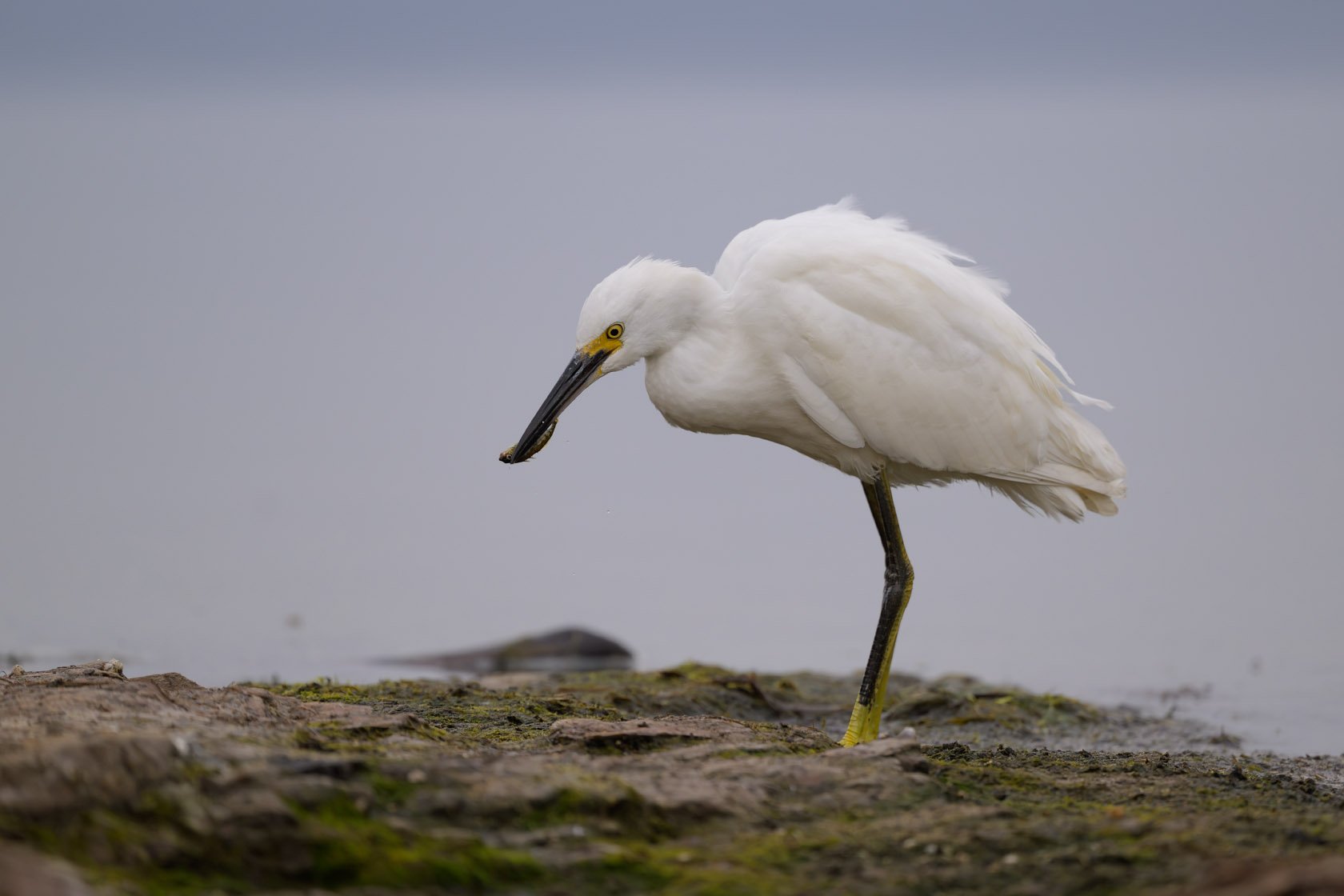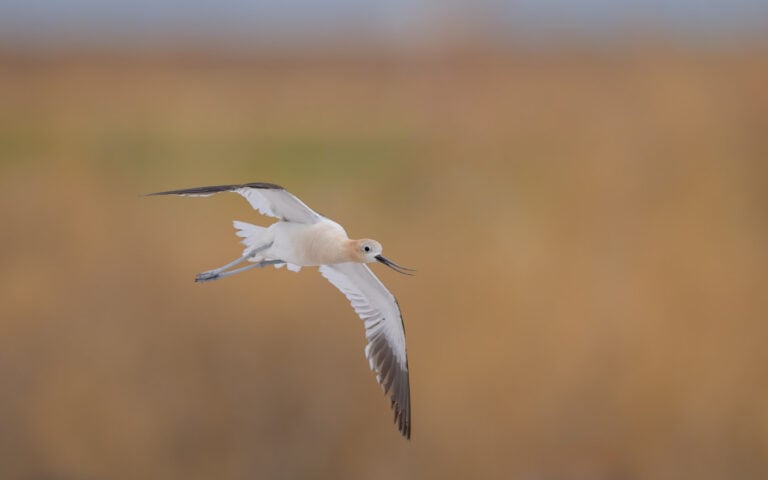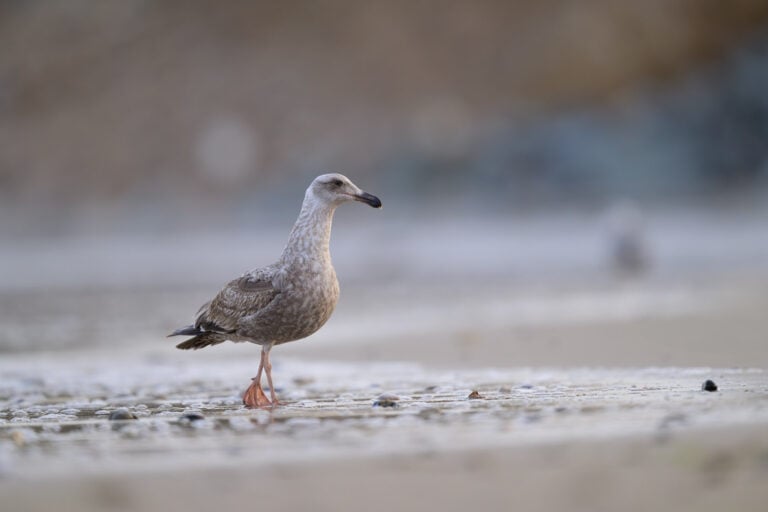Feeding Fail

We often assume that seemingly fundamental animal behaviors are innate actions. Yet, many behaviors and techniques need to be learned. One bird’s experience fishing on a foggy morning provided a great example.
A juvenile snowy egret caught a fish in shallow water and moved to shore before ingesting the meal. This is normal behavior for snowy egrets and was probably a smart decision. A great blue heron was located close by, and moving to the shore may have been the egret’s method to protect its catch from potential thieves.
However, things go awry when the snowy egret attempts to ingest the fish. Normally, egrets use the flip technique where the bird tosses a fish into the air and catches it, much as a person might do with popcorn. This juvenile snowy egret clearly hasn’t mastered that technique, as the fish fell to the ground on three consecutive attempts.
On the first attempt, the bird had a tenuous hold on the top of the fish’s head. There was urgency to reposition the prey as the constantly wriggling fish inched closer to freedom with every movement. The bird tossed the fish but misjudged its location and caught the fish by its fin. An exasperated fish smartly rolled onto the top of the bird’s bill to avoid capture, putting predator and prey in a rare eye to eye pose.

An equally exasperated bird shook the fish from its bill and re-tossed the fish, but the bird then bungled the catch. The mishap wasn’t the result of a sudden wind gust or a last-second motion from the fish. Instead, the bird once again misjudged the target, much as a child might do with a softly tossed ball. One might call that poor “bill-eye” coordination. This was the second failed toss and catch operation and the first time the fish had landed on the ground. These troubles may better explain why this snowy egret moved to the shore to feed.
Click any image below for an expanded view
Acting quickly, and perhaps too quickly, the bird picked up its prey and again tossed the fish into the air. Rushing to secure its meal, the juvenile bird mistimed the moment to close its bill and inadvertently knocked the fish to the ground for the second time.
The fourth attempt was the most traumatic. The bird tossed its prey yet again, and the fish (still alive and flopping) landed perfectly in the snowy egret’s throat…sideways. After a moment in which everything seemed to pause, the egret’s head and body twitched violently. The bird’s gaping bill revealed an esophagus that had turned dark red from its normal pink. A raspy, yet muffled vocalization verified that the stuck and likely traumatized fish invoked a gagging reaction from the predator. The egret experienced three dry heaves before it could eject the intended prey item, placing the fish on the ground for the third time.


The fifth attempt proved to be the charm. The bird, slowed by the choking incident, picked up the now nearly dead fish and consumed it using the proper technique.
All in all, a traumatic learning experience for the juvenile snowy egret and an awful day for the fish. However, this is a good reminder that eating is a learned behavior, even in the animal world.









